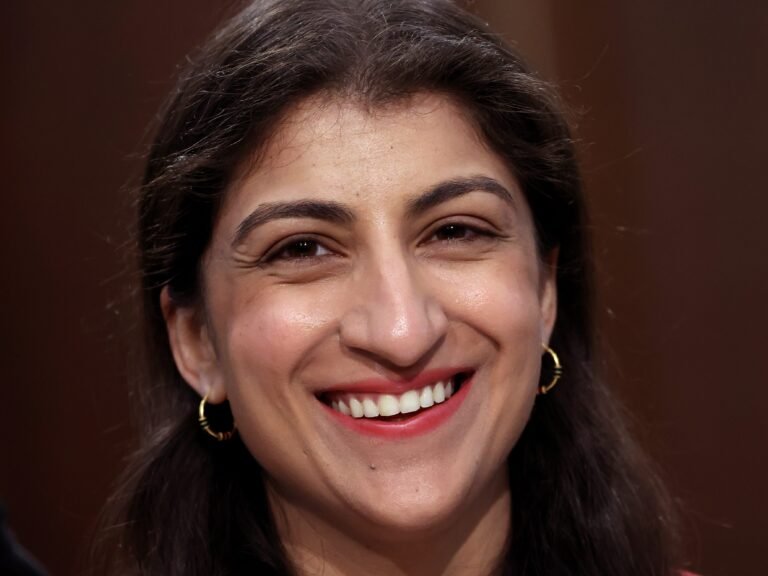
Millions of student loan borrowers are about to see a jump in their monthly payments. That’s because an interest-free pause under the Saving on a Valuable Education (SAVE) plan has ended as of Aug. 1.
SAVE, rolled out in 2023 under Biden, brought many borrowers’ payments down to $0 a month, ensured borrowers’ balance wouldn’t grow as long as they made timely payments, and massively cut undergraduate loan balances. 7.7 million federal student borrowers enrolled in the plan. But now, the end to a pause in interest under Trump’s “Big, Beautiful Bill” means, interest will begin accruing once again on loans.
In a press release earlier this month, announcing the upcoming end to the pause, U.S. Secretary of Education Linda McMahon called the SAVE program “unlawful.” McMahon asserted, “Congress designed these programs to ensure that borrowers repay their loans, yet the Biden Administration tried to illegally force taxpayers to foot the bill instead.”
McMahon continued, “Since day one of the Trump Administration, we’ve focused on strengthening the student loan portfolio and simplifying repayment to better serve borrowers. As part of this effort, the Department urges all borrowers in the SAVE Plan to quickly transition to a legally compliant repayment plan – such as the Income-Based Repayment Plan (IBR).”
What should SAVE enrollees expect?
Starting Friday, SAVE participants will see interest charges, even if they aren’t making payments. The added interest means monthly bills will be higher, but how much higher depends on income.
However, if they switch plans to the IBR plan McMahon referenced, borrowers may see their monthly bills rise drastically. While SAVE calculated monthly payments based on 5% of a borrower’s income, the IBR plan takes 10%. For older loans, it ticks up to 15%. (Student loan forgiveness for those with IBR plans was also recently paused under Trump).
Some experts believe the transition will pose a massive challenge for borrowers, as they switch to other repayment plans. Nancy Nierman, assistant director of the Education Debt Consumer Assistance Program in New York City, said, per CNBC, “In severe cases, it could result in people being forced to move, or they will just resign themselves to default and involuntary collections.”
Are there any new plans in place?
In addition to IBR plans, borrowers will have access to a new republican-led plan, Repayment Assistance Plan (RAP), but not until next July. Under the new plan, payments will range from 1% to 10% of a borrower’s earnings, with bills rising the more they earn. Unlike IBR plans, RAP does not shield a portion of the borrower’s income, and is based on total earnings before taxes.
According to the National Consumer Law Center, the RAP plan is “significantly more expensive for borrowers than the SAVE plan, but will also be more expensive than the other existing IBR plans for low-income borrowers”
What should SAVE enrollees do?
The Department of Education said earlier this month that it will begin contacting SAVE enrollees about next steps and that participants should begin determining which plan best suits their needs.
“To compare available repayment plans, the Department encourages borrowers with loans in the SAVE Plan to use the Loan Simulator to estimate monthly payments under available repayment plans, determine repayment eligibility, and learn which option best meets their repayment goals,” it said.
The department also noted that in May, it resumed collections on delinquent loans, saying it has “emailed more than 23 million borrowers reminding them of their legal obligation to repay their loans as well as the benefits of making regular progress toward repayment.”
SAVE participants also have the option to stay in forbearance, however, the interest they accrue could be significant. Some experts say, in that case, making interest-only payments can help stave off mounting balances down the road.
“If you know it’s going to really financially hurt you to start making payments, then just stay in the forbearance,” Megan Walter, senior policy analyst at the National Association of Financial Aid Administrators, said per CNBC. “If you can at least pay the interest, I would do that.”
Borrowers who can’t afford their monthly payments, can also apply for forbearance or deferment.
SAVE will officially shutter in July 2028.


